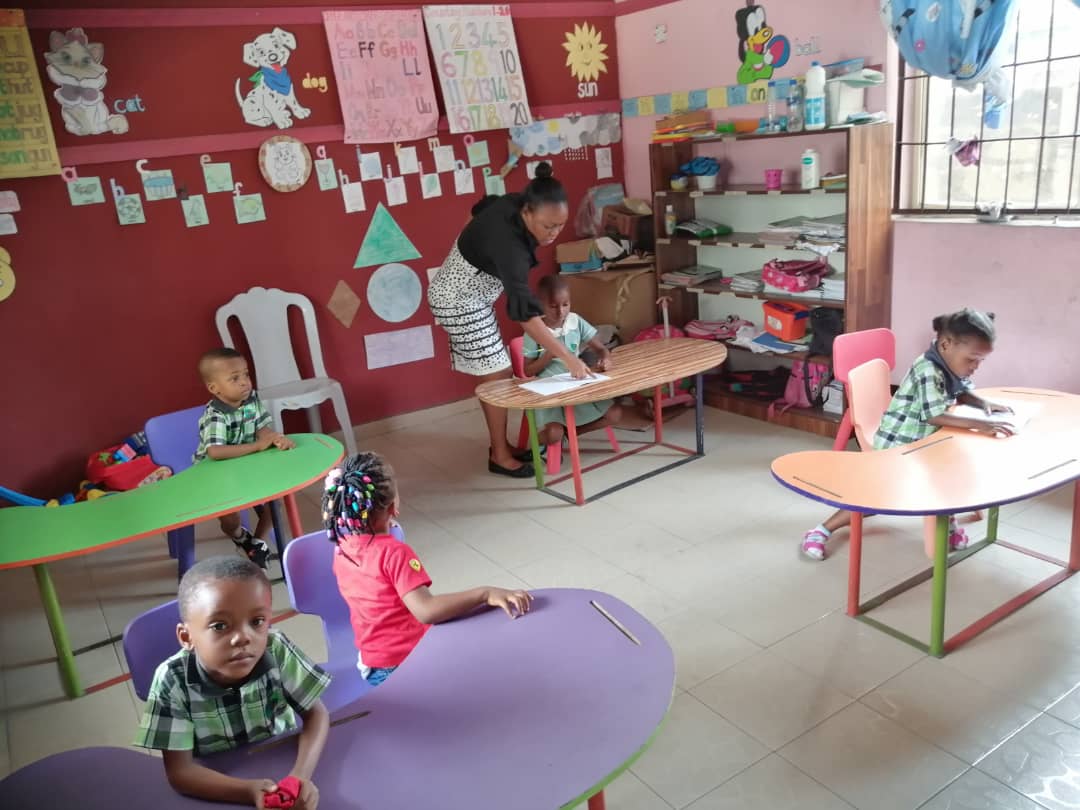Teaching is both an art and a science, requiring educators to blend knowledge with creativity to foster an engaging and effective learning environment. Engaging students goes beyond traditional lecturing and involves dynamic, interactive strategies that capture students’ interest and encourage active participation. Here’s a closer look at key strategies for engaging students and making learning an inspiring experience.
1. Create a Positive and Inclusive Classroom Atmosphere
A positive classroom environment is fundamental for student engagement. When students feel safe, respected, and valued, they are more likely to participate actively and take risks in their learning. Strategies to create this environment include:
- Building Relationships: Get to know your students and show genuine interest in their lives. Building strong teacher-student relationships fosters trust and a sense of belonging.
- Encouraging Respect and Inclusivity: Promote a culture of respect and inclusivity where all students feel heard and valued. Implement classroom norms that support diverse perspectives and backgrounds.
- Fostering a Growth Mindset: Encourage a growth mindset by praising effort and perseverance rather than just outcomes. Help students view challenges as opportunities for growth.
Example: Start each class with a brief, informal check-in where students can share something about their day or an interesting fact. This practice builds rapport and sets a positive tone for the lesson.
2. Incorporate Interactive and Hands-On Learning
Interactive and hands-on learning experiences make lessons more engaging and memorable. Students are more likely to be actively involved when they can interact with the material in meaningful ways. Consider these strategies:
- Group Work and Collaboration: Facilitate group activities and collaborative projects that require students to work together, share ideas, and solve problems.
- Experiential Learning: Use simulations, role-plays, and real-world problem-solving activities to help students apply theoretical knowledge in practical contexts.
- Manipulatives and Models: Incorporate physical tools and models to help students visualize and understand complex concepts.
Example: In a science class, use a hands-on experiment where students can conduct tests and observe results, rather than just reading about the concepts. This experiential approach enhances comprehension and retention.
3. Utilize Technology to Enhance Engagement
Technology can transform traditional teaching methods and make learning more interactive and accessible. Integrate technology to engage students through:
- Multimedia Resources: Use videos, animations, and interactive presentations to bring lessons to life and cater to different learning styles.
- Educational Apps and Tools: Incorporate apps and online tools that provide interactive practice, instant feedback, and personalized learning experiences.
- Virtual and Augmented Reality: Explore virtual and augmented reality tools to create immersive learning experiences that allow students to explore new environments and scenarios.
Example: Use an interactive whiteboard to facilitate dynamic lessons where students can participate in quizzes, polls, and collaborative activities in real time.
4. Incorporate Student Choice and Autonomy
Providing students with choices in their learning process can significantly boost engagement and motivation. Strategies to incorporate student choice include:
- Project-Based Learning: Allow students to choose project topics or formats that interest them, giving them ownership over their learning.
- Flexible Assignments: Offer different types of assignments or assessment methods to cater to diverse learning preferences and strengths.
- Student-Led Discussions: Let students take the lead in discussions or presentations, giving them a sense of responsibility and control over their learning experience.
Example: In a literature class, let students choose from a list of novels to read and analyze, allowing them to select a book that resonates with their interests.
5. Make Learning Relevant and Real-World Oriented
Connecting classroom learning to real-world applications helps students see the relevance of what they are studying and motivates them to engage more deeply. Strategies include:
- Real-World Problems: Present students with real-world problems or scenarios related to the lesson, encouraging them to apply their knowledge to solve these issues.
- Guest Speakers and Field Trips: Invite guest speakers from relevant fields or organize field trips to provide students with practical insights and experiences related to their studies.
- Career Connections: Show how the skills and knowledge being taught relate to various career paths and future opportunities.
Example: In a math class, use real-life budgeting exercises where students create and manage a budget for a hypothetical event or project, demonstrating the practical application of mathematical concepts.
6. Employ Varied Instructional Strategies
Varied instructional strategies cater to different learning styles and keep lessons fresh and engaging. Incorporate a mix of teaching methods to maintain student interest:
- Lecture and Discussion: Combine traditional lectures with interactive discussions to encourage active participation and critical thinking.
- Games and Gamification: Use educational games or gamify lessons to make learning fun and competitive.
- Storytelling and Case Studies: Use storytelling techniques and case studies to make content more relatable and memorable.
Example: In a history class, use storytelling to present historical events, followed by a discussion or role-play activity that helps students explore different perspectives.
7. Provide Timely Feedback and Support
Timely and constructive feedback helps students understand their progress and areas for improvement. Strategies include:
- Frequent Check-Ins: Regularly check in with students on their progress and provide feedback to guide their learning.
- One-on-One Conferences: Schedule individual conferences to offer personalized feedback and address specific learning needs.
- Peer Feedback: Encourage students to give and receive feedback from their peers, promoting a collaborative learning environment.
Example: After a group project, provide feedback on each group’s presentation and offer suggestions for improvement, helping students refine their skills and knowledge.
Conclusion
The art of teaching involves employing a range of strategies to engage students and make learning an inspiring and interactive experience. By creating a positive classroom atmosphere, incorporating hands-on learning, utilizing technology, offering student choice, connecting lessons to real-world applications, employing varied instructional methods, and providing timely feedback, educators can foster a dynamic learning environment that motivates students and enhances their educational outcomes.

